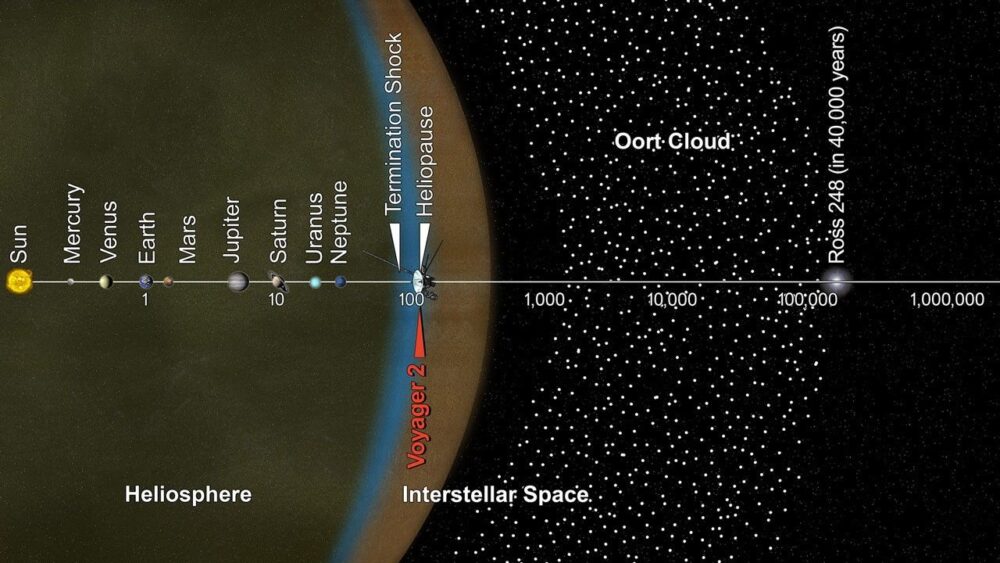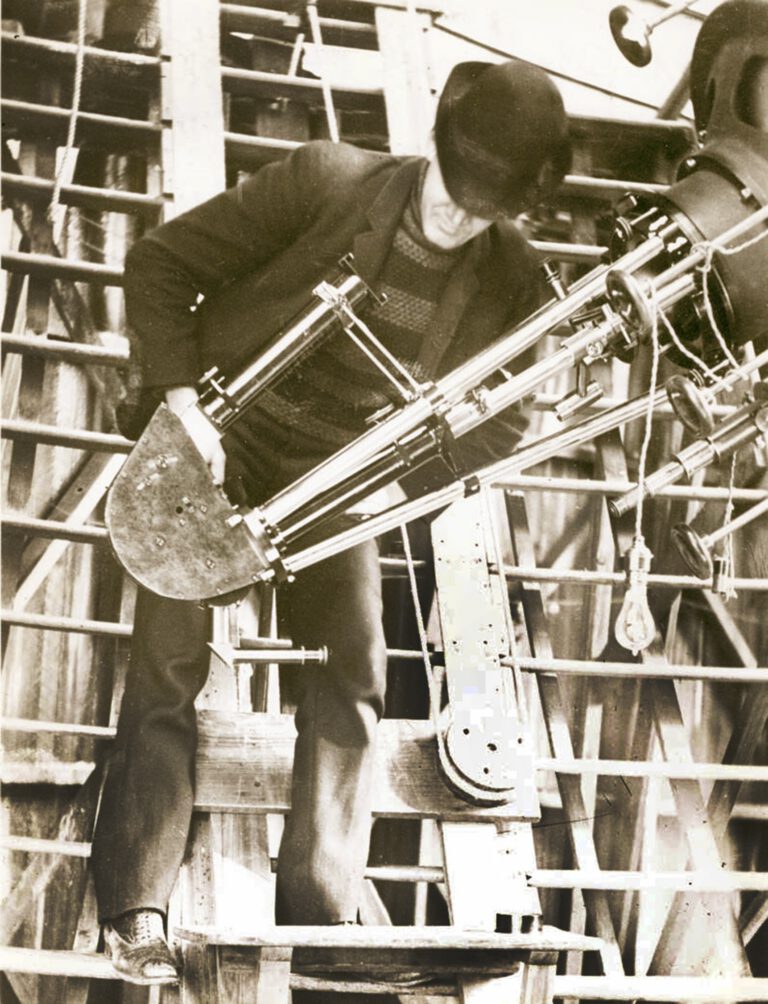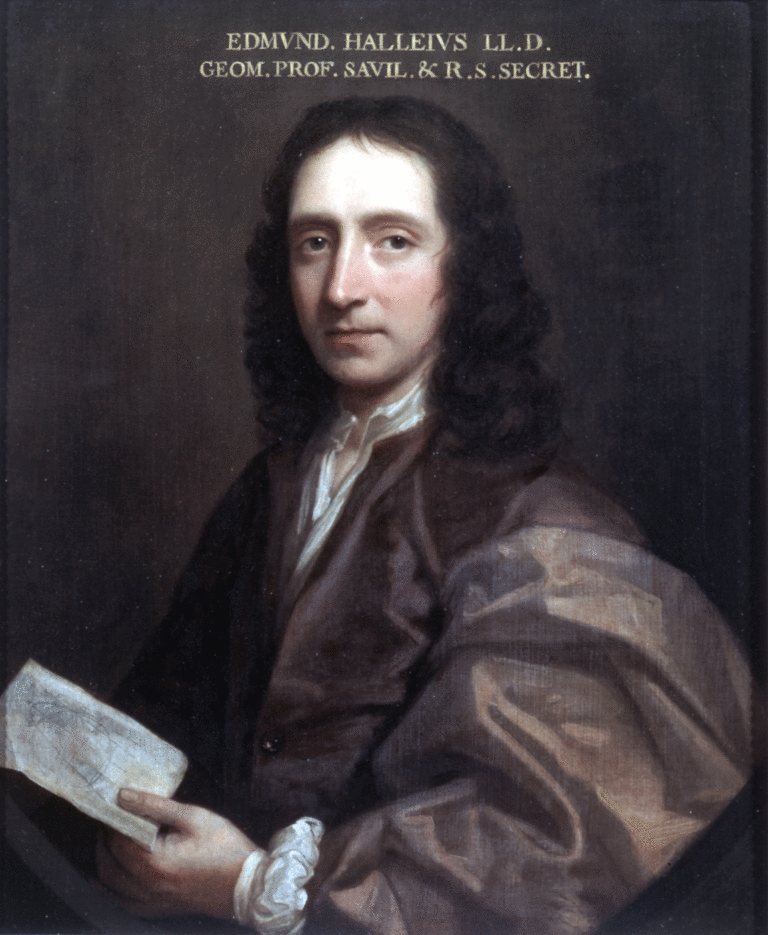
Key Takeaways:
- Ernest Opik, an Estonian astronomer based at the Astronomical Observatory in Tartu from 1921-1944, commenced research on the frequencies and speeds of meteors and comets in the 1920s.
- In 1932, Opik proposed a theoretical reservoir of long-period comets, positing a large cloud orbiting the Sun at the outermost regions of the solar system.
- This hypothesis was grounded in the observation that comets rapidly diminish once they enter the inner solar system, thus implying a continuous external source for their replenishment.
- Jan Oort subsequently provided mathematical evidence for this cometary reserve in the 1950s, leading to the widely accepted theoretical structure now known as the Oort Cloud, or occasionally the Opik-Oort Cloud.
Born Oct. 23, 1893, in Estonia, Ernest Opik was based at the Astronomical Observatory in Tartu from 1921-1944. It was there in the 1920s that he began to research meteors and comets, their frequencies, and their speeds. In 1932, he proposed a reservoir of long-period comets that formed a large cloud, orbiting the Sun at the farthest reaches of the solar system. Opik’s theory was based on the fact that comets rapidly burn out once they swing into the inner solar system; therefore, he concluded, there must be a source out there somewhere to continue providing all the new comets we observe. In the 1950s, Jan Oort used cometary orbits to provide the mathematical evidence for this fresh-comet reserve. Although still a theoretical structure, this bubble or shell around our solar system is widely accepted as the explanation for long-period comets and is today known as the Oort Cloud – or, sometimes, as the Opik-Oort Cloud.









